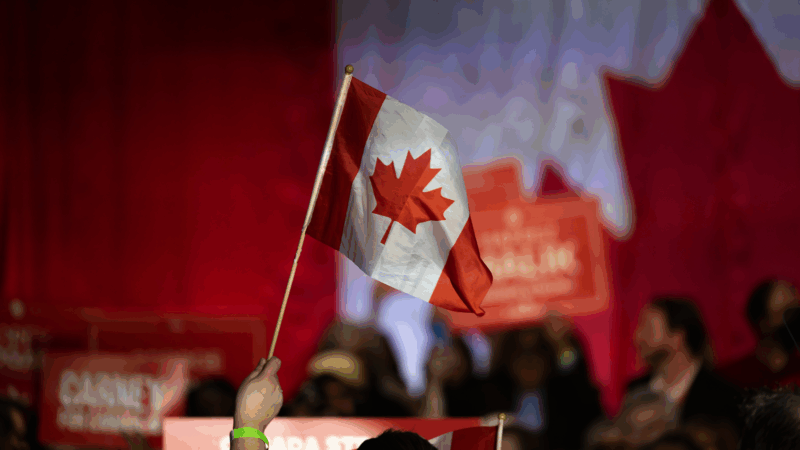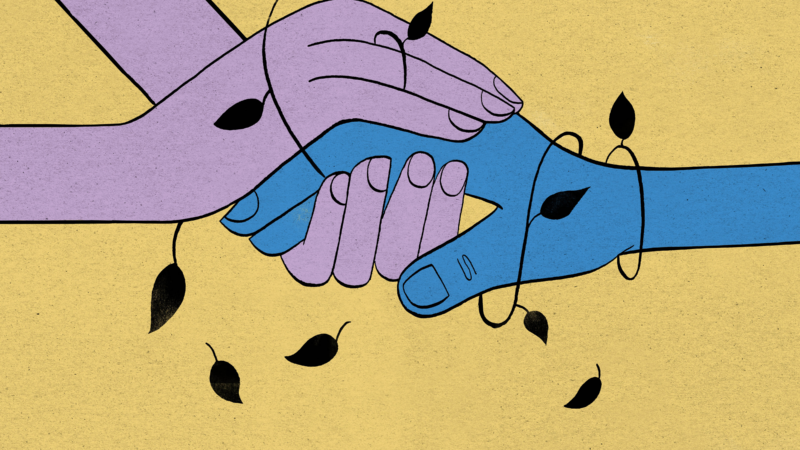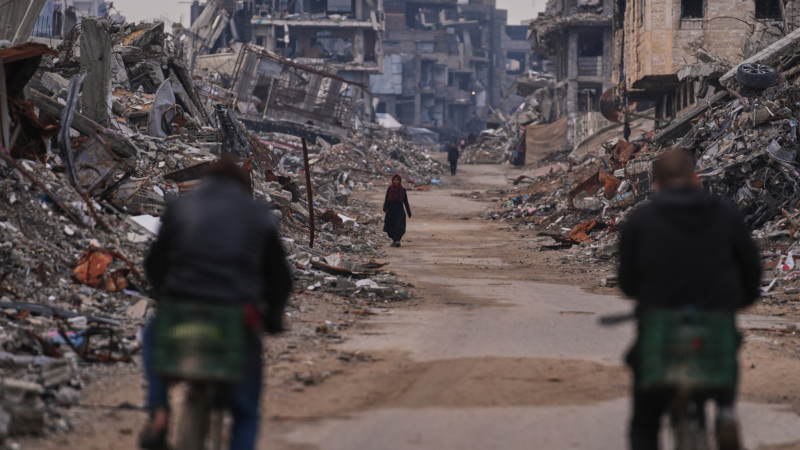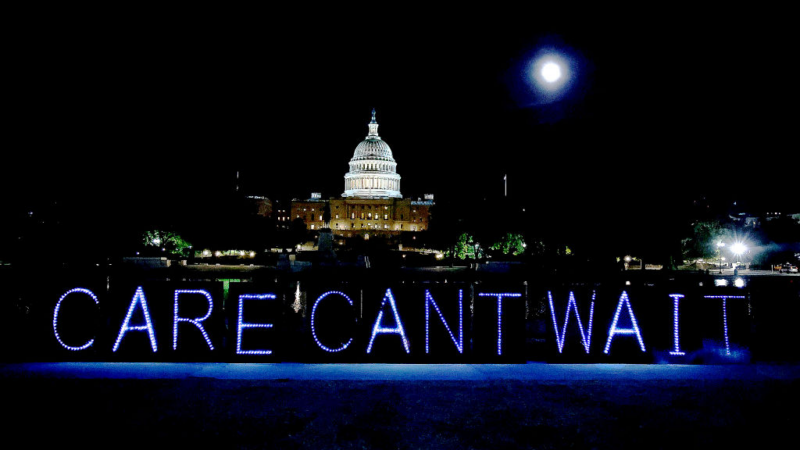Canada’s election: all you need to know
EDMONTON, Canada — At the start of the year, it was almost certain that Pierre Poilievre, the leader of the Conservative Party of Canada, would be the next Canadian Prime Minister. After nearly a decade of Justin Trudeau leading the Liberal Party, both friends and foes had a growing disdain for the then Prime Minister.
Then, in quick succession, Trudeau resigned, Donald Trump became President, threatened Canada’s sovereignty, and signed an executive order implementing tariffs on imported Canadian goods. The Liberal Party of Canada got a new leader, Mark Carney. And tariffs sent markets into a tailspin.
The once commanding 25-point lead in the polls for the Conservatives disintegrated by mid-March. Now, when Canadian’s go to the polls on Monday, it’s anticipated that the Liberal Party of Canada will clinch a fourth term in office.
This is all you need to know about an election that’s been turned on its head by a politician who isn’t even Canadian – Donald Trump.
The candidates
There are four major political parties with candidates vying for position of Prime Minister, including the New Democrats (NDP) led by Jagmeet Singh, and the Bloc Québécois, led by Yves-François Blanchet.
But this is essentially a two man race between Carney and the Conservative Party’s Poilievre.
The 60-year-old Carney is the former governor of both the Bank of Canada and the Bank of England and a political novice. But many Canadians see his decorated career in banking and the private sector as a much needed asset, experience needed to stand up to Trump.
David Coletto, a founder and CEO of Abacus Data, a Canadian polling firm says Poilievre’s setback has benefitted Carney.
“Mark Carney emerged at a moment where I think more and more Canadians were looking for somebody with his experience, with his demeanor, with his approach to politics. That was very much of the moment.”
Before Trump’s inauguration, Poilievre’s sharp tongued, populist style of politics was seen as the change Canada needed. But now that Trump’s tariff threats are becoming reality, many voters have shied away from the 45-year-old leader of the Conservatives, according to Robert Huish, a social science professor at Dalhousie university in Halifax.
“Many people in Canada have associated a lot of the language, a lot of the terminology, speaking points, that Pierre Poilievre uses to exactly what Donald Trump has been saying over the last how many years,” he told NPR.
“Canada first, migration is a bad thing. Stronger borders. Budget cuts. All the stuff that you would hear Trump sort of doing, Poilievre has really adapted.”

Trump’s influence on Canada’s election
This election is seen as the most important in a generation for Canadians, and it’s been largely defined by the question – who is the right man to stand up to Donald Trump? Will it be the Liberal’s Carney or Conservatives Poilievre?
“There is a level of trust that has been lost between Ottawa and Washington that will be difficult to repair,” says Jared Wesley, a political scientist at the University of Alberta. “I don’t think that the Canada-U.S. relationship will go back to the way that it was without a major change in the leadership approach.”
Trump has shifted the entire ballot question. Canadian pride is riding an all-time high. There was Trump’s threat to turn Canada into the 51st state and making fun of then-Prime Minister Justin Trudeau. Then came the tariffs. Out of that sprang a nationwide movement to avoid buying American products and Canadians are cancelling trips south of the border in their droves. Canada is united against one man. Donald Trump.
First time candidate Jessica Fancy-Landry is running as a Liberal in a small district in the maritime province of Nova Scotia.
“People know that this is a historic election,” she told NPR, “I don’t think that there’s ever been an election that means more to Canada.”

Beyond Trump – what are the other election issues?
Before Trump’s second term in office, the cost-of-living and the national housing affordability crisis topped ballot issues. Poilievre has had a strong base with Gen Z men because of the question of home affordability.
At one of Poilievre’s largest campaign rallies in Nisku, Alberta, NPR met brothers Bentley and Teagan Reimer – first and second-time federal voters. They attended the rally with their mom, and talked about the fear of not being able to afford homes of their own.
“The economic climate right now is kind of going downhill, if there is anything we can do to change that and bring it back up,” says Bentley.
Regardless of which party wins Monday’s election, facing down tough economic times ahead together as one country rather than regionally, will remain a top priority.
“National unity is going to be a major issue for the Prime Minister no matter who wins,” says Wesley.
Canadian election- the nuts and bolts
In Canada’s first-past-the-post parliamentary system, voters aren’t directly casting their ballots to elect a Prime Minister. Instead, each citizen votes for a candidate in a political party to be a member of parliament in one of the country’s 343 ridings – or electoral districts. Then the leader of the political party that wins the most seats in the House of Commons becomes the country’s Prime Minister.
With six time zones in Canada, polling times differ, but most polls close at 9:30 p.m. ET and the results of the election will be known later on Monday evening,
And then whoever wins faces their first task – finding a way forward with the leader of their unpredictable southern neighbor.
An escalation in Yemen threatens to reignite civil war and widen tensions in the Gulf
Saudi Arabia bombed Yemen's port city of Mukalla, targeting a shipment of weapons from the United Arab Emirates for separatist forces. The UAE later said it would withdraw its forces from Yemen.
Cecilia Giménez, the artist who ‘restored’ the face of Jesus, has died at 94
Giménez international attention after she attempted to restore an old fresco. While it was immediately ridiculed at the time, the piece eventually turned into a tourist attraction.
What being around death taught this hospital chaplain about life
J.S. Park helps patients and their families cope with death every day as a hospital chaplain. He explains what to expect as a person is dying, and how to reckon with uncomfortable feelings about death.
Israel says it will bar aid groups, including Doctors Without Borders, from Gaza
Israel accused Doctors Without Borders, one of the largest health organizations operating in Gaza, of failing to clarify the roles of some staff that Israel accused of cooperation with militants.
China flexes blockade capabilities near Taiwan on second day of military drills
China's People's Liberation Army is staging a second day of large-scale military drills around Taiwan. It's unleashing live-fire exercises as part of what it calls "Justice Mission 2025."
Policy relief for family caregivers seems stalled out. But there are signs of change
Family members carry the burden and costs of caring for America's aging population. Federal policy change is slow to come but a new movement and state actions are building momentum.








